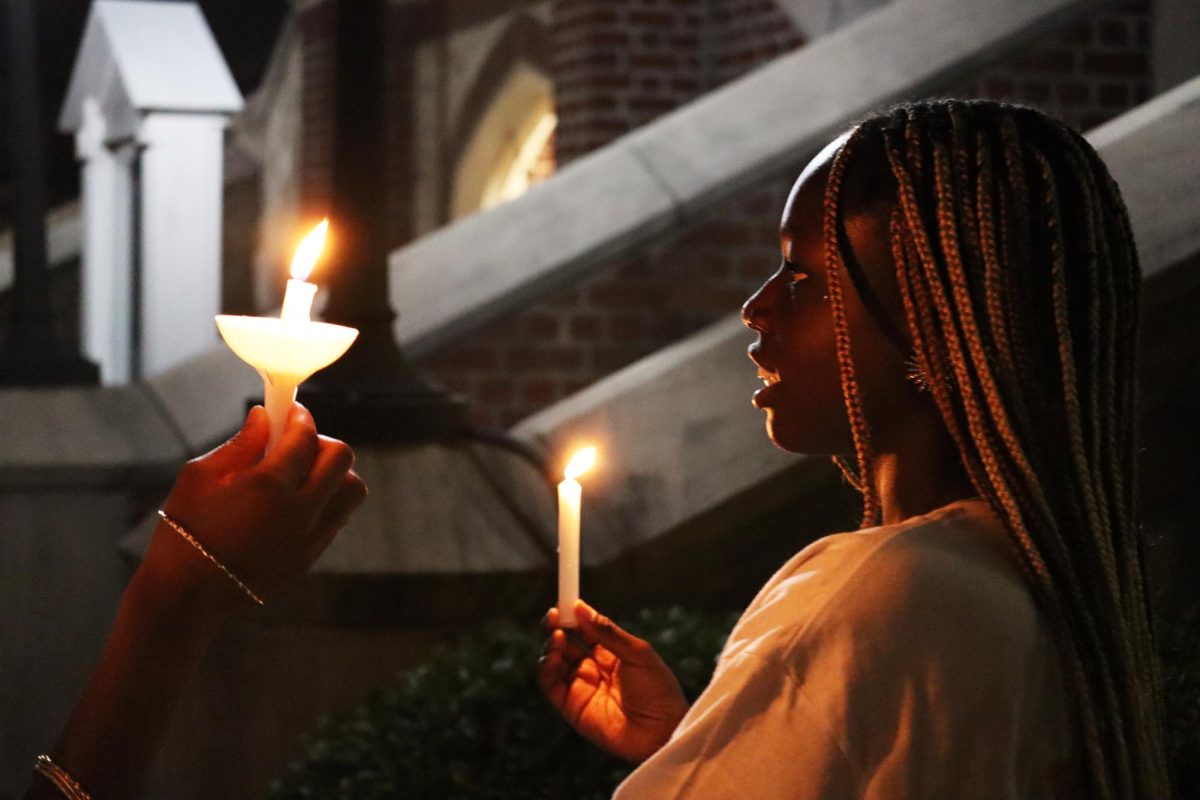After months of arduous and disruptive construction work on our campus, the renovations of Thomas Hall have finally concluded. For returning students, the project is the commendable and worthwhile result of a drawn-out process which, albeit laudable, presented numerous challenges along the way. For new students, the restored Thomas Hall is an attractive and functionally valuable addition that will serve them well during their time at Loyola.
The building, which has been revitalized and repurposed to conveniently and compactly house a collection of student services under one roof, represents the new direction Loyola is pursuing under the university’s strategic plan. As a keystone project in Loyola’s goals to facilitate future growth and beautify its campus, the changes to Thomas Hall also present a positive change for the university and its members.
Built in 1912, Thomas Hall occupies a rich part of Loyola’s past, and the project successfully preserved its history and influence upon the university. For decades, the building housed the Jesuits, and after Hurricane Katrina it was refashioned as a residence hall for returning students. The structure is a bastion of the university’s past, and the recent renovations brilliantly preserve these traditions while simultaneously ushering in a new dawn of Loyola’s existence.
The changes to Thomas Hall set an exquisite example for the future aims of the university. The completed building is awaiting Leadership in Energy and Environmental Design (LEED) certification, which would recognize the university for enhancing its sustainable technology and environmental record. This accomplishment, paired with the decision to streamline student services, illuminates Loyola’s commitment to providing indispensable improvements for the campus, students and faculty in the future.
Even so, the problems encountered during construction should serve as a pertinent lesson for Loyola officials. At its inception, the renovation of Thomas Hall was expected to be completed by January 2011. The proposed timeline, however, was rendered risible as construction dragged on for several more months. This delay is crucially relevant, as the projects Loyola will undertake in the near future are of a much greater magnitude than the changes made to Thomas Hall. As more of the campus will be affected and more students inconvenienced by upcoming construction, better adherence to the schedule will certainly be necessary. Hopefully, the directors of future construction projects at Loyola will learn from the delays at Thomas Hall, allowing for an equally striking structure produced in a more efficient manner.






